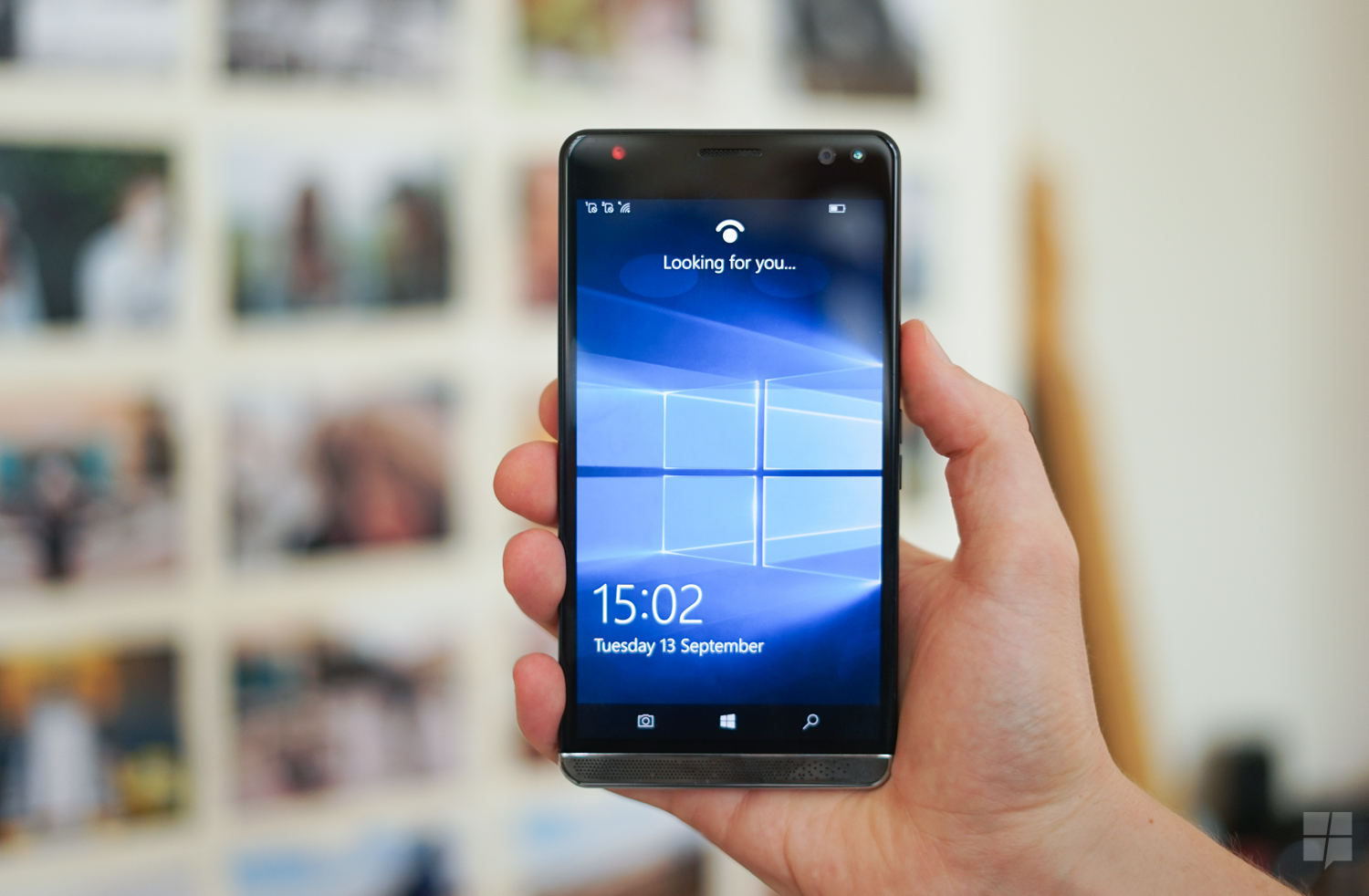Microsoft just made an excellent case for killing Windows 10 Mobile
5 min. read
Published on
Read our disclosure page to find out how can you help MSPoweruser sustain the editorial team Read more

Microsoft today announced something amazing for Windows fans – the ability to run full Windows 10 and associated apps on ARM processors.
Windows device manufacturers will soon be able to ship PCs, tablets and other devices running Windows 10 but built off an ARM SOC. This will bring improved battery life, better heat dissipation and all the advantages of ARM to full Windows 10. If this sounds familiar, it is because Microsoft attempted this half a decade ago with Windows RT. Windows RT was doomed from the start and failed because it occupied a confusing space between “Windows” and “not Windows”, leading to devices that were “sorta like Windows” but couldn’t install apps like Chrome, iTunes or Photoshop. Microsoft’s devices running Windows RT failed, and the company formally abandoned the OS last year.
This new take on Windows 10 brings the best of Windows 10 — x86 and other legacy apps included to future devices running on ARM. It will also incorporate support for cellular via the Windows Store. Device users will be able to purchase data plans, wifi access and more on the go using just the Windows Store’s existing infrastructure.

Let’s not mince words about this, this capability is technically impressive and amazing in itself. Aside from helping push the boundaries of ARM chips in the future, Microsoft will also force Intel to bring out better low power chips in the future to match Qualcomm on the low and mid end of the market
For Windows 10 Mobile fans, however, this bit of good news is not exactly the best news. By Windows 10 Mobile fans I should note I am not talking about people who want Windows 10 on a phone – but rather those who fell in love with the original Windows Phone 7+ family and enjoy using Microsoft’s mobile OS for what it is as opposed to those who want full Windows running on a small screen.
Earlier this year in an interview with Mary Jo Foley, Windows head Terry Myerson was quizzed on the company’s continued support for Windows 10 Mobile. With the mobile market plateauing and Microsoft’s share in it depleting to a near zero amount, surely there was no point to continuing to support and develop Windows 10 Mobile going forward.
Here is Terry Myerson’s full response to that question:
Technically, there are really two things that are unique about Windows Mobile. One is cellular connectivity and the other one is the ARM processors that are there. And I think both cellular connectivity and ARM processors have a role in the technical landscape of the future.
So we’re going to continue to invest in ARM and cellular. And while I’m not saying what type of device, I think we’ll see devices there, Windows devices, that use ARM chips. I think we’ll see devices that have cellular connectivity.
When you stop investing in these things, it’s super hard, super, super hard to restart. And at Microsoft we have a few of those examples where we stopped. Sometimes, when you’re investing into growth. it’s easier, but when you’re investing for technical strategy or things like that, sometimes people can question it — like you’re doing right now. But especially among your readers, I don’t think there’s much debate that ARM processors have a role in the future. And cellular connectivity does as well.
In essence, Myerson is arguing that Microsoft’s support for Windows 10 Mobile is a matter of product strategy, The firm knows it isn’t going anywhere in mobile, so it is deciding to invest in ARM development and cellular connectivity which are the future.

If Windows 10 Mobile is important because Microsoft needs to support ARM technologies and cellular. So what happens when the firm no longer requires Windows 10 Mobile for those technologies? What incentive should Microsoft have to continue to support Windows 10 Mobile going forward?
Windows 10 Mobile also held the distinction of being the only actively sold Windows 10 device to essentially run only Windows Store apps. While full Windows 10 and Windows 10 on the Xbox also ran Universal apps, the primary purpose of those OSes for real users was not to run “mobile” apps, but to run either full desktop apps or powerful video games. Windows 10 Mobile was the only one which really and truly depended on the underperforming Windows Store.
In an interview with The Verge, Myerson explained that Universal Windows Apps were not going away, but neither was support for classic apps — a subtle shift in rhetoric:
“The Universal app platform is our future platform. At the same time, it’s so important to us that all the applications that are written for Windows over the last 25 years continue to run and continue to run well.”
As it stands, Windows 10 proper has now subsumed the only unique technological reasons for keeping Windows 10 Mobile, and there is simply no market-based case for Windows 10 Mobile that can be made with a straight face.
For all intents and purposes, Microsoft today has just signaled the death of Windows 10 Mobile. Ironically, the future of mobile Windows has never been brighter.









User forum
0 messages